Guardians of Biodiversity: Protecting the Lynx and Natural Heritage Across Borders
At the European Science on Stage festival 2025 in Turku, Biljana from Croatia met Nuria from Spain. There they decided to create a border-crossing project called "Guardians of Biodiversity: Protecting the Lynx and Natural Heritage Across Borders" - an international educational project designed to foster environmental awareness among primary students (10-12 years old) in Spain and Croatia.
In May, Biljana and her colleague Marina made use of the teacher exchange programme and travelled to Algeciras in Spain.
They participated in the local children's science festival International Science Fair Diverciencia, including a shared exhibition stand, interactive workshops, and educational activities related to the joint project.
Read their report here:
During the visit, the we introduced over one hundred Spanish students to the geographical and ecological characteristics of Croatia, with a focus on its native wildlife and natural heritage. A particular emphasis was placed on the conservation challenges facing large carnivores, especially the Eurasian lynx (Lynx lynx).
The central educational activity was a workshop integrating basic cryptography with environmental education. Through puzzles and interactive tasks, students uncovered key facts about the lynx in Croatia, its habitat, causes of endangerment, and conservation efforts. This playful approach helped make complex topics accessible and engaging for young learners.
At the science festival, Croatian and Spanish teachers collaborated at a joint exhibition stand, where they presented the lynx conservation project to a wide audience. Additional hands-on activities and games were organized to attract visitors and stimulate interest in biodiversity protection.
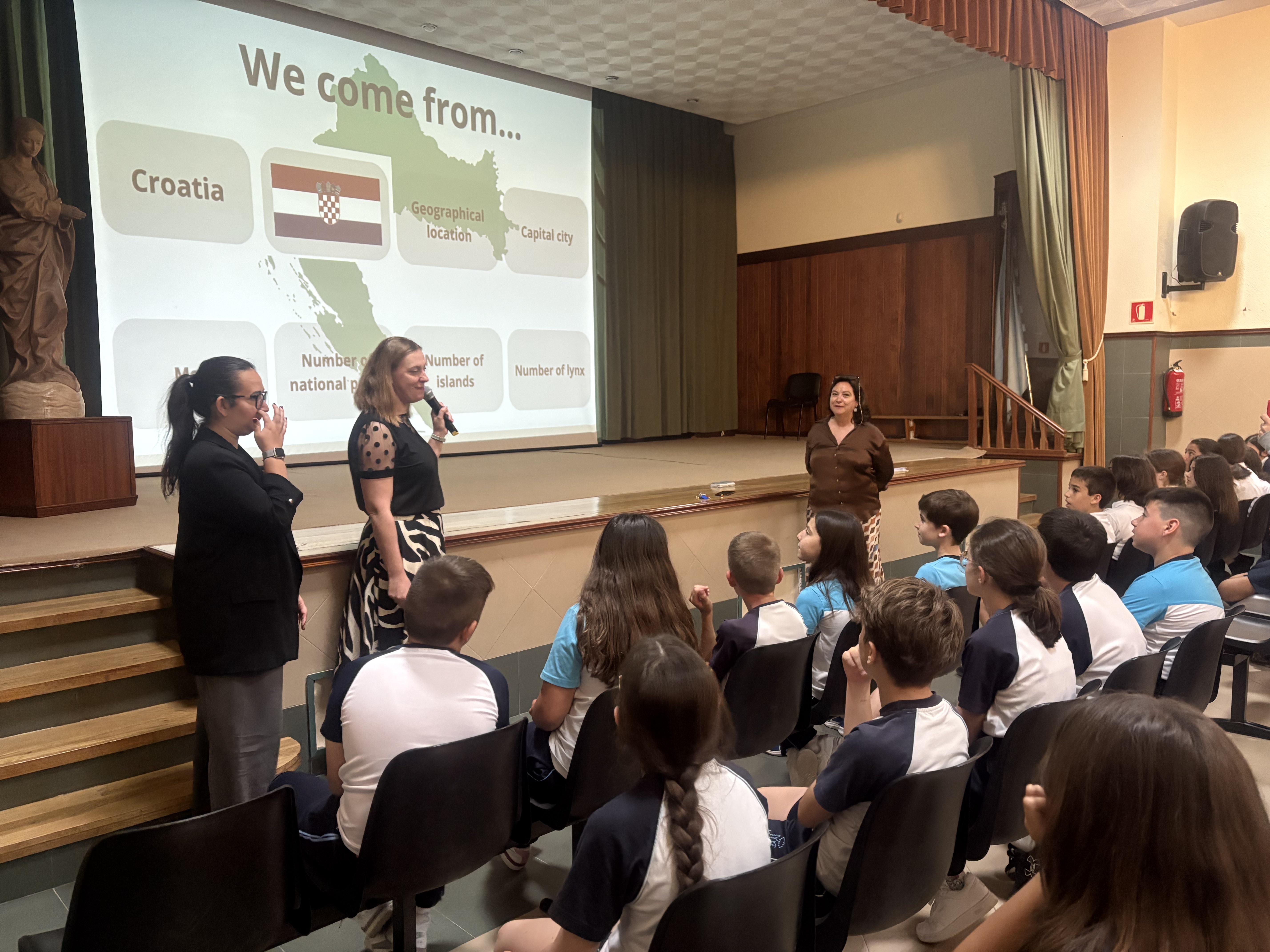
Outcomes
- Over 100 students directly participated in the educational sessions.
- The interactive and interdisciplinary format (science + cryptography) was well-received and praised by both students and teachers.
- The exhibition stand at the science festival International Science Fair Diverciencia attracted a large number of visitors, including students, teachers, and parents. Fair was visited by more than 3,000 visitors and our stand was a success, always plenty of visitors.
- Feedback from participants was overwhelmingly positive, highlighting the clarity, creativity, and educational value of the activities.
New Ideas
- The use of gamification and cryptographic puzzles in environmental education proved highly effective and will be further developed in the next project phase.
- Potential future collaboration includes the creation of bilingual educational materials and virtual exchanges between participating schools.
- The model of cross-country thematic workshops could be replicated for other endangered species or environmental challenges, fostering both scientific literacy and cultural exchange.
Do you intend to incorporate ideas you gained at the teacher exchange into your own lessons? If yes, which ones?
Yes, absolutely. During our visit, we were impressed by the way our Spanish colleagues approached the topic of lynx conservation. In the first year of the project, they introduced their students to the features of their local national park, effectively grounding the topic in the students’ immediate environment.
One particularly inspiring element was the presentation at their festival stand, which was perfectly tailored to the age group and accompanied by a well-designed student booklet containing all project activities. This kind of structured yet creative approach provided clear guidance for both teachers and students and ensured continuity and coherence throughout the project.
We plan to incorporate this idea into our own teaching by developing similar age-appropriate educational materials that guide students through environmental topics with hands-on activities. Additionally, we intend to adopt their method of linking global conservation issues to local natural landmarks, helping students form a deeper connection with the subject matter through their own surroundings.
Do you plan to stay in contact and continue the exchange? If yes, what did you agree on?
Yes, we definitely plan to stay in contact and continue our collaboration. We agreed to exchange teaching materials and involve our students more directly through virtual exchanges, such as video calls and joint online activities.
We also plan to mark important environmental awareness days together, with shared projects and celebrations that promote biodiversity and conservation. Additionally, we are looking forward to welcoming the Spanish teachers to our school in the near future, as part of the ongoing partnership and mutual learning experience
Do you intend to apply for the next Science on Stage festival with a joint project?
We intend to submit our joint project for the next Science on Stage festival, as we believe it highlights innovative teaching, international collaboration, and student engagement in meaningful STEM education.
Your colleague teaches in another country. Was this aspect something special for you in your exchange? If yes, why?
Yes, this was a very special and enriching aspect of the exchange. Collaborating with colleagues from another country offered us a fresh perspective on how similar topics can be approached differently in various educational systems.
It was inspiring to see how our Spanish colleagues integrated local context, culture, and resources into their teaching, and it encouraged us to reflect on our own practices. The exchange not only broadened our professional horizons, but also strengthened our belief in the importance of international cooperation in education. It reminded us that, despite cultural and curricular differences, we share the same passion for teaching and commitment to inspiring the next generation to care for the environment.
Looking back, what are your impressions of the exchange?
Looking back, the exchange was an incredibly valuable and inspiring experience—both professionally and personally. It gave us the opportunity to connect with passionate and creative teachers who share our enthusiasm for environmental education and student engagement.
We were impressed by the warm hospitality of our Spanish colleagues and the high level of organization and creativity shown throughout the visit and the science festival. The exchange not only deepened our understanding of the lynx conservation topic but also opened up new ideas for teaching it in a more interactive and cross-curricular way.
Most importantly, it reminded us of the power of collaboration and how much we can learn from one another when we step outside of our everyday routines and look at education from a broader, international perspective.
This exchange has been a truly transformative experience. It reinforced the importance of connecting education with real-world issues like biodiversity and species protection, and showed us how international cooperation can enrich both teaching and learning.
We are especially grateful to the Science on Stage initiative for making this collaboration possible. The support and structure provided through the project allowed us to develop meaningful content, share best practices, and build lasting professional relationships across borders.
We are excited about the next steps—further collaboration, student involvement, and the opportunity to present our joint work at the next Science on Stage festival. We believe this is just the beginning of a long-term partnership dedicated to innovative, student-centered, and sustainability-focused STEM education.
Biljana Stipetić and Mariana Jurašić
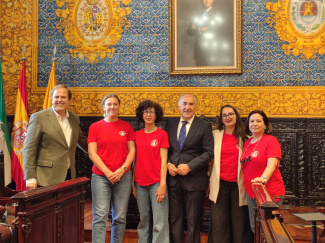
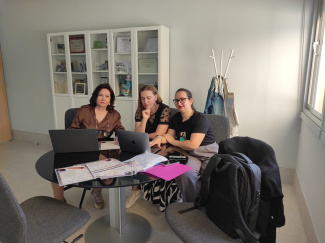
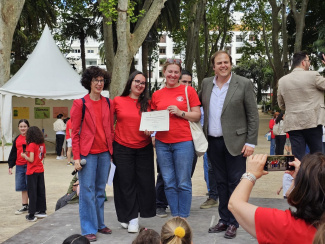
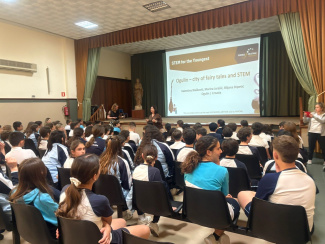

Share this page